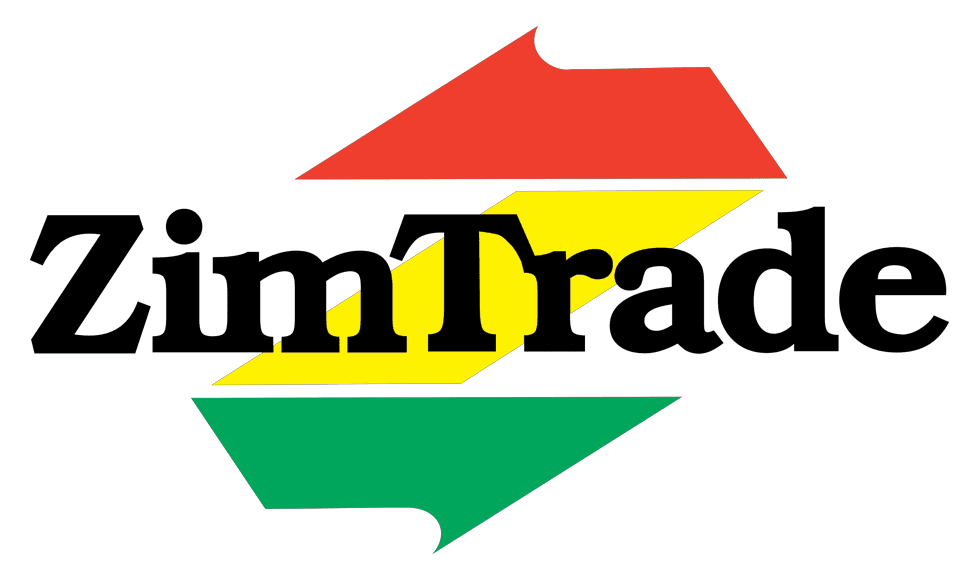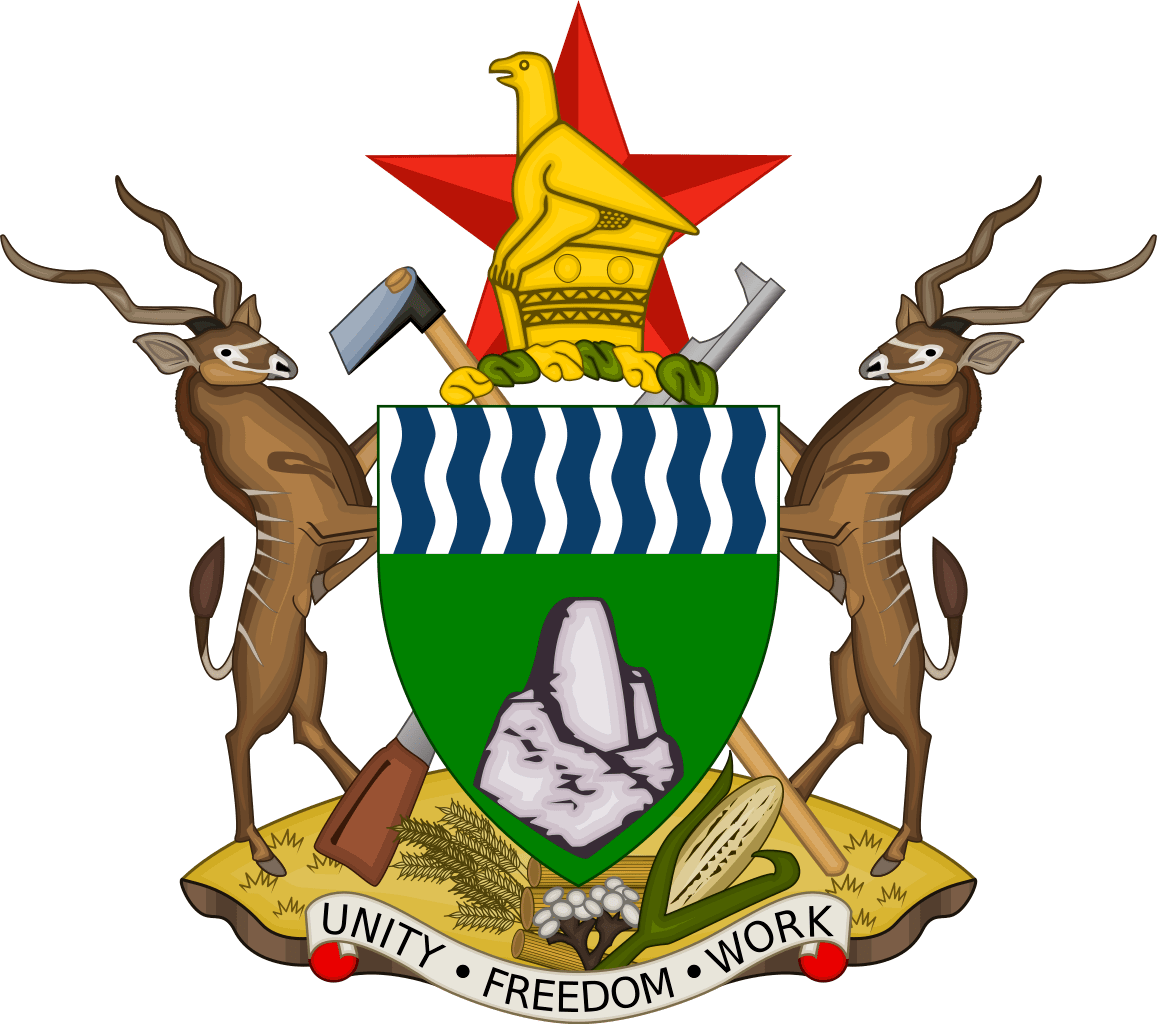Export Sectors
Home / Export Sectors
Agricultural Sector
Agriculture is the main anchor of the economy, with the potential to enhance economic turnaround prospects for Zimbabwe. There are strong backward and forward linkages between agriculture and other sectors of the economy.
According to the 2016 National Budget, the sector provides direct and indirect employment to approximately 60-70% of the population, supplies 60% of the industrial raw materials and contributes approximately 30% towards export earnings. Agriculture contributes about 19% to Gross Domestic Product (GDP).
The agricultural sector posted a significant recovery that became pronounced during the period 2009-2014. Prospects for the 2015/16 agricultural season remain positive and production of the main crops (i.e. maize, tobacco, groundnuts, among others), is expected to improve, with overall growth projected at 1.8% in 2016.
Investment opportunities that exist in the sector include infrastructure rehabilitation and development (e.g. irrigation), agro-processing as well as agro value chain development. Opportunities for value addition are in the horticulture, livestock and forestry sectors, among others.
Zimbabwe has one of the best climates in the world with good weather conditions and quality soils amenable to the growing of numerous horticultural products such as mange tout, sugar snaps, peas, sugar beans, peaches, nectarines, citrus, strawberries and cut flowers, among others. The major export destinations include The Netherlands, United Kingdom, Belgium, Ireland, France and South Africa.
Mining Sector
Zimbabwe is a mineral resource rich country, extracting over 40 different minerals. The country’s geological make-up is dominated by two prominent features; the Great Dyke and the Greenstone Belts. The Great Dyke is a remarkable 550 km long geological body containing the world’s largest deposits of chrome, the second largest reserve of the platinum group metals, as well as significant deposits of gold, copper and nickel.
The mining industry has potential to spearhead economic growth. The sector’s contribution to GDP is expected to grow by 1.6% in 2016, up from an estimated decline of 2.5% in 2015. Opportunities for growth exist within the entire mining value chain from exploration, extraction, beneficiation and other downstream industries.
In order to consolidate gains in this sector, Government has prioritised beneficiation and value addition of all natural resources, minerals included.
According to the Chamber of Mines of Zimbabwe, there are over 800 operating mines in the industry. They range from international mining houses to small scale miners.
Manufacturing Sector
Zimbabwe’s manufacturing sector contribution to the Gross Domestic Product has grown from 12% in 2012 to 14% in 2014. The sector is expected to grow by 2.1% in 2016, up from 1.6% in 2015. The sector produces a wide range of products that include food and beverages, chemicals, clothing & textiles, wood as well as metal products, among others.
The manufacturing industry has strong backward and forward linkages with other sectors of the economy such as agriculture and mining. Opportunities for value addition exist in engineering products of iron and steel, leather manufacturing, clothing and textiles, wooden furniture, horticultural produce and agricultural commodities.
The 2016 National Budget highlights a number of fiscal supportive measures and incentives to be implemented to support the growth and competitiveness of the manufacturing sector. These measures, among others, relate to the revision of tariffs for sectors such as agricultural implements, soap manufacturing and the introduction of a manufacturers’ rebate as well as the establishment of Special Economic Zones.
Tourism Sector
Zimbabwe, “A World of Wonders”, is regarded as one of the top travel destinations in the world. Home to the Victoria Falls, Zimbabwe has a diversity of attractions which include UNESCO World Heritage sites such as Great Zimbabwe, Mana Pools, Matopos, Kariba Dam, Eastern Highlands and over 26 game parks and safari areas.
The tourism sector has shown resilience over the years, and because of its ability to contribute to foreign exchange earnings and employment, it has been identified as one of the key pillars of Zimbabwe’s economic growth.
The Zimbabwean Government declared Victoria Falls a Tourism Special Economic Zone. This is meant to promote investment in tourism infrastructure around the area. Furthermore, the Victoria Falls International Airport was modernised and refurbished to double its annual capacity to 1 million visitors, making it a potential travel hub in Southern Africa.
According to the World Travel and Tourism Council, the sector’s contribution to GDP is expected to rise from 4.4% in 2014 to 6.1% in 2015. As indicated in the graph below, current trends are indicative of sustainable growth, with arrivals averaging 9% annually since 2012. Tourist arrivals for 2016 are projected at 2.5 million, a 25% increase from the previous 2 million in 2015. This growth is expected to be driven by the implementation of the Tourism Policy, which promotes domestic and international tourism in the country.
Zimbabwe, in partnership with Zambia, launched the Kaza Uni-Visa in November 2014. The Uni-Visa facilitates easy movement of tourists between the two countries and is set to expand with the view of incorporating all SADC nations.
Banking Sector
The Zimbabwean banking sector has demonstrated resilience against major shocks and has significantly contributed to the transformation of the economy. The sector is poised for growth, with improved capacity to support the economy arising from policy initiatives being implemented by Government and the Reserve Bank of Zimbabwe (RBZ). The RBZ is at the apex of the banking sector.
Currently, the banking sector comprises 18 banking institutions consisting of 13 commercial banks, 1 merchant bank, 3 building societies and 1 savings bank. In addition, there are 147 registered micro-finance institutions which include 2 deposit taking micro-finance institutions and 1 infrastructure development bank.
In Zimbabwe, banking has been transformed with the introduction of new technology driven products and corporate finance structures. Financial inclusion has been enhanced by embracing mobile technologies, which now reach out to the previously unbanked population.
Zimbabwe achieved full compliance with the Financial Action Task Force (FATF) anti-money laundering and counter financing of terrorism (AML/CFT) requirements in February 2015. This has assisted in boosting domestic and international business confidence, thus raising prospects for unlocking international trade financing windows.
Art and Crafts Sector
Zimbabwe is recognised as a country with a strong creative artistic flair. The art and crafts sector contributes significantly to employment creation and assists many rural communities to earn a living.
Zimbabwean art includes decorative aesthetics applied to many aspects of life, such as, utilitarian objects, objects used in religion and in many other spheres.
Art and craft products are characterised by their diversity and include pottery, basketry, textile (batiks), jewellery, wood carvings and stone sculpture. Zimbabwe is renowned for its unique stone sculpture, which is carved out of sedimentary rocks such as soapstone, as well as harder igneous rocks that include serpentine and the rare stone – verdite. Zimbabwean stone sculpture is highly valued and acclaimed in the art centres of the world.
Export markets for Zimbabwean art and craft products include the Southern African region and Europe, USA, Singapore, China and Canada.
Transport Services Sector
National and regional transport connectivity is necessary for promoting economic activities and cross border trade. The transport sector facilitates access to local, regional and international markets.
Zimbabwe is strategically positioned to provide a gateway to markets within the Southern African Development Community (SADC), the Common Market for Eastern and Southern Africa (COMESA), the East African Community (EAC) and beyond. It is linked to countries such as Mozambique, Botswana, Zambia, Malawi, Tanzania and the Democratic Republic of Congo through the North-South Corridor, the most extensive corridor system in the region.
The rail network connects all major economic centres, providing transport for bulk raw materials, finished goods and passengers. It also provides transport for the country’s exports and imports to seaports in South Africa and Mozambique. The rail network covers 3,100km.
Zimbabwe has three international airports, Harare International Airport, Joshua Mqabuko Nkomo International Airport in Bulawayo and Victoria Falls Airport. There are also domestic airports in areas such as Masvingo, Hwange, Gweru and Mutare.

